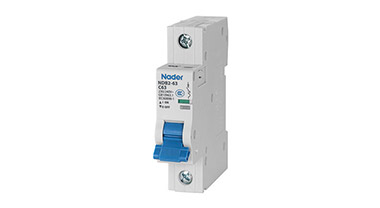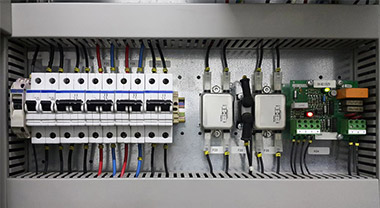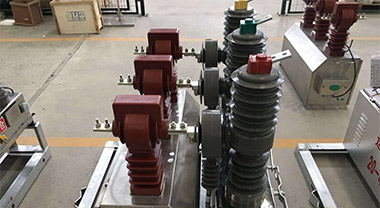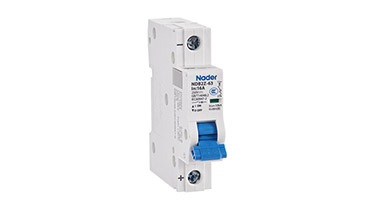faqs-how-to-test-a-circuit-breaker
By:Nader Updated:August 17,2020 16:23PM
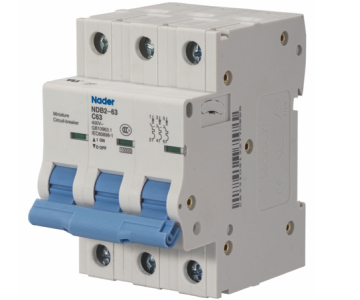
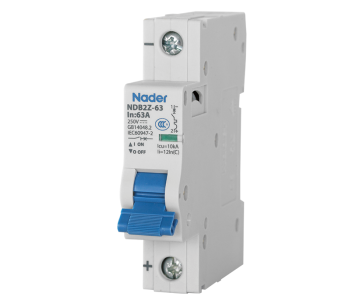
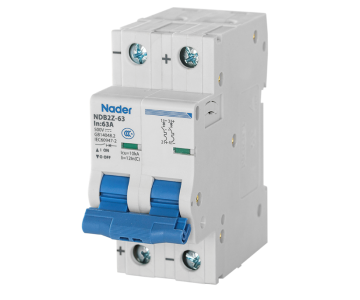
1. How to test a circuit breaker?
When a breaker trips, power to that particular outlet, light or appliance will no longer be available. If that occurs, you must reset the breaker. However, if the breaker has been reset but there is still no power, there is a problem with either the wiring in the circuit or the circuit breaker itself. The first thing to do is to test the breaker.
Tools you will need: Digital multimeter; Screwdriver
-Unplug or switch off all of the electrical appliances that are connected to the wiring that comes from the suspect breaker.
-Manually test the breaker first. Flip it back and forth, and if it does not stay in the "on" position, the breaker is bad and needs to be replaced.
-Remove the cover on the breaker box. It will be held in place with several screws that are turned out with a screwdriver. This will allow you access to the the actual power leads that supply the breakers.
-Flip the suspect breaker to the "on" position.
-Turn the multimeter on and set it to read voltage.
-Touch the red power lead on the multimeter to the screw that feeds power into the breaker. The screw will be connected to the breaker by a black wire.
-Touch the black or neutral probe of the multimeter to the grounded box. Read the voltage on the multimeter. If there is no voltage reading, then the breaker is bad and needs to be replaced. If there is a voltage reading, and the voltage will read either 120 or 220 volts, then the breaker is good and the wiring leading out from the breaker may be compromised. If that is the case, call in an electrician to source out the problem.
2. How to check circuit breaker
A circuit breaker's primary function is as a safety device. It's cuts power in the house if too much current flows through your wiring at any one time. So, it's important to check the circuit breaker even when power seems to be flowing just fine to ensure the breaker is in good shape. It is recommended that you check your panel every three months or so to keep your wires and your family safe.
A circuit breaker's primary function is as a safety device. It's cuts power in the house if too much current flows through your wiring at any one time. So, it's important to check the circuit breaker even when power seems to be flowing just fine to ensure the breaker is in good shape. It is recommended that you check your panel every three months or so to keep your wires and your family safe.
If you've tripped a circuit, use the following information to guide you through a full inspection to get your system up and running again.
Step 1 - Initial Check
First, make sure the breaker hasn't just tripped. If any of the switches are in the OFF position, just switch them back to the ON position. If this solves the problem, the breaker works fine. If not, you have to perform more tests to see what the problem is.
Step 2 - Check for a Short-Circuit
Switch the breaker completely to the OFF position, Then move it back to the ON position. If it doesn't stay on or there is a humming sound when you switch it on, pull the wire out of the circuit breaker and repeat. If this is the case, there is likely a problem with the wiring.
Step 3 - Testing the Panel
Remove the wire from the breaker. Test the active breaker with the voltmeter. If there is voltage, the breaker works fine, meaning your problem is with the panel, and you will probably have to replace it. If there is no voltage, the problem probably lies in the breaker itself.

